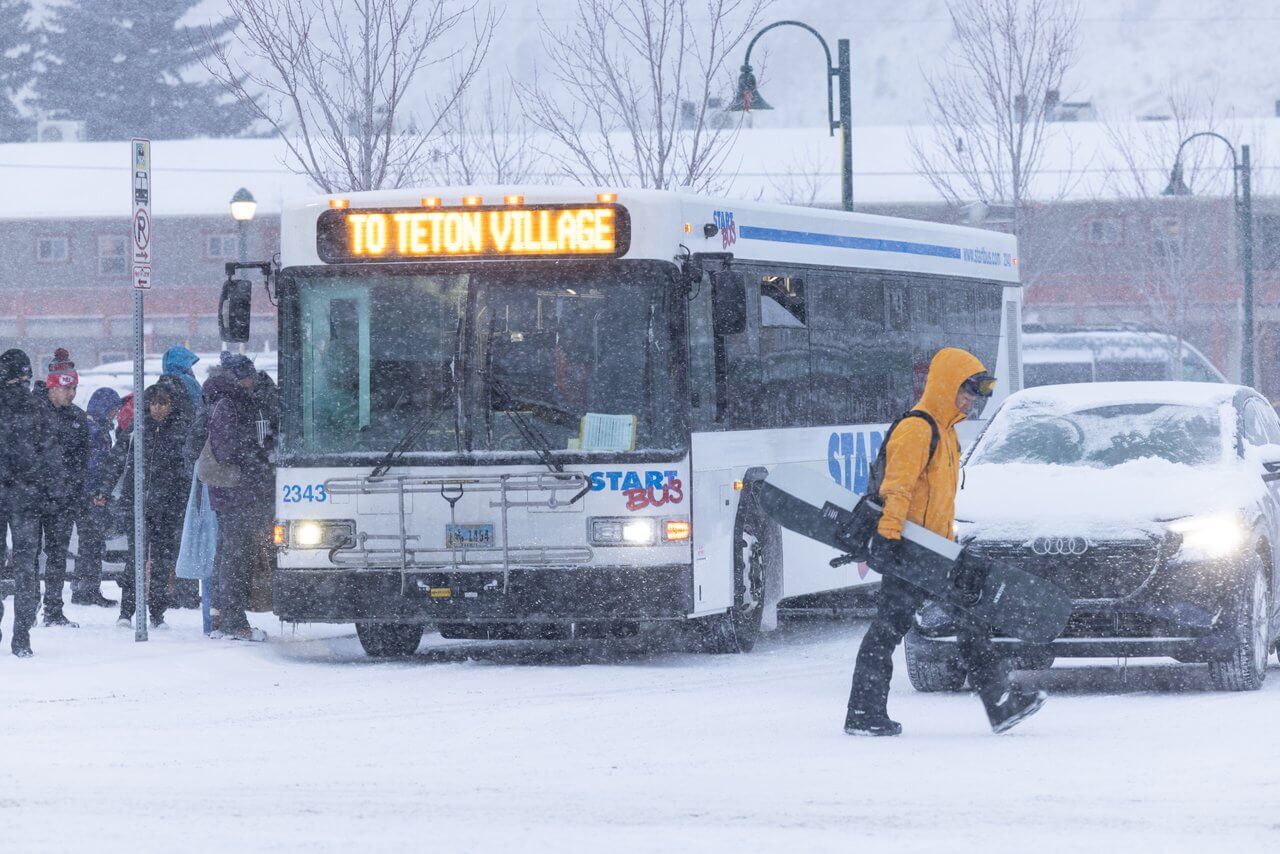Pack It In, Pack It Out

There’s no space for waste in the great outdoors.
Pack it in, pack it out” should be part of everyone’s commitment to the wilderness.
Whether you’re on a short day hike or multi-day backpacking trip, make sure you and your group are prepared for when nature calls and have a plan for properly disposing of trash and food waste.. Anything left behind will affect other people, water, and wildlife. When it comes to waste, our goal is to leave no trace.
What happens when nature calls…
in nature?
Nobody likes to talk about human waste, so “bear” with us — we’ll keep it short and helpful.
Instead of burying your waste, which can lead to contamination of the soil and the natural environment, it should be packed out with you — this is required in Grand Teton and Yellowstone National Parks. There are several EPA-approved, commercially produced pack-out systems that are easy to use and sanitary for backpacking and hiking use. Visitor centers and land management agencies can inform you of the specific rules and options for any place you plan to visit.
Here in the Tetons, our local mountain guides use and recommend WAG bags, “WAG” being short for waste alleviation and gelling. These bags are an easy option for packing out your waste and they never break. Several low-cost portable toilet systems are also readily available and can be an easier option for people traveling with children (explore options and reviews here). Be sure to pack out any feminine products as well. WAG bags are available at Yellowstone and Grand Teton backcountry ranger stations where you pick up your permit.
Cat holes are a less preferable but accepted method of waste disposal in national forests, but they’re against regulations in national parks. Locate cat holes at least 200 feet (about 70 adult paces) from water, trails, and camps. Select an inconspicuous site that other people will be unlikely to walk or camp in. With a small garden trowel, dig a hole 6 to 8 inches deep and 4 to 6 inches in diameter. The cat hole should be covered and disguised with natural materials when finished. If camping in an area for more than one night or if camping with a large group, cat hole sites must be widely dispersed.
Don’t burn toilet paper because this is a frequent cause of wildfire. Proper disposal of feminine products requires placing them in plastic bags and packing them out. Don’t bury them because they don’t decompose readily and animals can dig them up. It takes a very hot, intense fire to burn them completely — campfires aren’t an adequate solution.
Be Prepared for When Nature Calls
Keeping a few Ziploc bags with toilet paper and a small bottle of hand sanitizer in your daypack or bike pack with your first aid kit means you’re never left unprepared when nature calls.
Dog waste
If you’re exploring with a dog, be sure you always have plenty of bags on hand. As our local Friends of Pathways volunteers are known to remind us, there’s no poop fairy to pick up the bags, so we thank you in advance for thinking about leaving the trails better than you found them by picking up any stray doggie bags that appear deserted.
Food and packaging waste
Overlooked, forgotten trash and food scraps (even when they’re biodegradable) become litter. No matter how small, litter can still be harmful to our local wildlife and have negative effects on the land and water. Make sure to pack plastic bags to carry out any trash.
Overflowing trash receptacles are a common bear attractant; please don’t make the situation worse. Before moving on from a campsite or resting place, search the area for micro-trash such as bits of food, including organic litter like orange peels or pistachio shells.
Wastewater
Stay 200 feet away from water sources when you need to wash yourself, your dishes, or your equipment. Strain dirty water and put scraps in your garbage bag before you scatter the water. Absolutely no food waste should be left in the forest — ever.
Carry a small bottle of hand sanitizer and use it whenever possible. This allows you to clean your hands without worrying about wastewater, as soap and sunscreen are detrimental to our precious waters.
RV waste
It’s important to note that dumping RV waste on public lands, including in forests or along roadsides, is illegal and can result in fines. Always dispose of your RV waste properly at a designated dump station or waste disposal facility.
There are several public RV dump stations in Teton County that allow you to dispose of your RV waste, and most private RV parks in Teton County offer waste disposal services to their guests. However, none of them are open year-round due to cold winter temperatures, so plan accordingly. Our friendly visitor center agents maintain a current updated list, but here are a few stations.
KJs Wrangler Service Station
580 W. Broadway Ave, Jackson, WY
307.733.2168
KJs Alpine Service Station
15 Boardwalk Drive, Alpine, WY
307.654.9982
Virginian RV Campground
1200 Gregory Lane, Jackson, WY
307.733.5771
Gros Ventre Campground Dump Station
11000 S. Hwy. 89, Moose, WY
307.739.3300
Colter Bay RV Dump Station (Grand Teton National Park)
15 Colter Bay Village Rd., Moran, WY
307.543.3100
Teton Valley Resort
1208 ID-31, Victor, ID
208.787.2647

